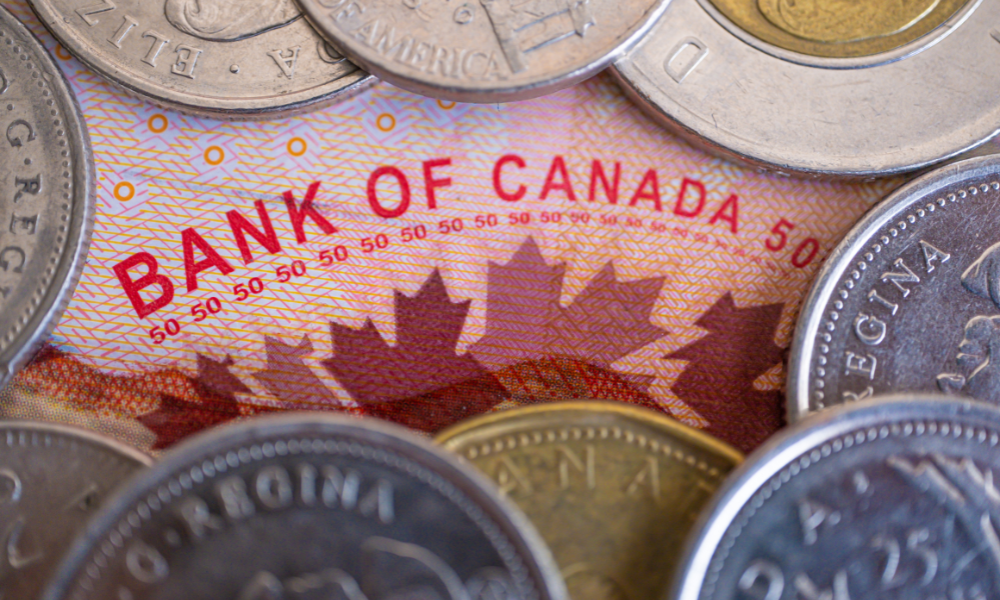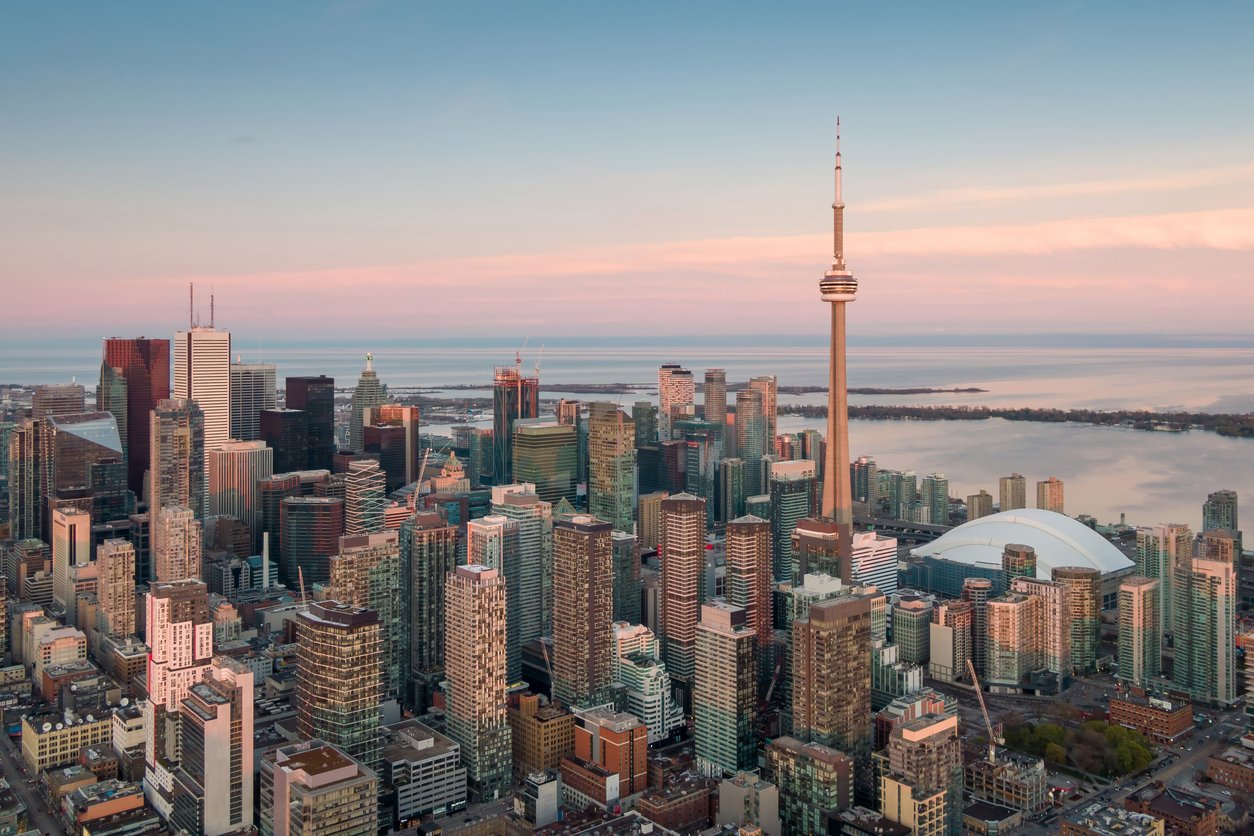Policymakers hold rate at 2.75% while weighing recession scenario tied to permanent US tariffs

Inflation could exceed three percent in 2026 if US tariffs remain in place and a global trade war unfolds, according to the Bank of Canada’s April 16 monetary policy report.
Under this scenario, the Canadian economy would enter a recession, with growth averaging -1.2 percent for four quarters before returning to two percent inflation.
According to BNN Bloomberg, the Bank of Canada governing council debated whether to cut the policy rate by 25 basis points or hold it steady, ultimately choosing to keep it at 2.75 percent.
The decision followed seven consecutive rate cuts totalling 225 basis points since June 2024, as reported by Reuters.
The council identified two primary sources of uncertainty: the unpredictable trajectory of US trade policy and the unclear domestic impact of tariffs.
As reported by Global News, several tariff rounds introduced since March—targeting steel, aluminium, auto goods and non-CUSMA compliant products—prompted $60bn in Canadian countermeasures.
Members developed a framework to assess how tariffs may affect export demand, investment, jobs, household spending, cost pass-through to consumers, and inflation expectations, according to BNN Bloomberg.
Some officials argued in favour of a rate cut, citing weakening housing activity, job growth, retail trade and business confidence, as per the Financial Post.
They viewed a further reduction as “appropriate” given the “muted” near-term inflation risks and rising fears of a deeper US recession after Trump’s April 2 tariff announcements and resulting financial market turmoil.
However, others warned that “continuing to lower the policy interest rate at this meeting could end up being premature,” according to Reuters.
They pointed out that past cuts were still working their way through the economy and that tariff-driven inflation pressures could materialize rapidly.
As reported by Global News, the council agreed to be “less forward looking than usual,” given the volatility of trade developments.
During deliberations, Trump delayed some reciprocal tariffs announced the previous week, underscoring the instability of US policy.
“It was not useful to try to pinpoint the position of US trade policy,” the summary said.
Rather than use a standard forecast, the council created two economic scenarios to reflect “the unusually large range of unknowns clouding the outlook,” according to BNN Bloomberg.
The first assumed short-lived tariffs with persistent uncertainty, keeping inflation “relatively muted.”
The second projected more permanent tariffs, triggering a recession and inflation above three percent.
In the near term, headline inflation was expected to decline to 1.5 percent in April due to falling oil prices and the removal of the consumer carbon tax, according to the Financial Post.
Core inflation, though running just under three percent, was seen as distorted by high shelter costs, prompting officials to examine all components more carefully.
As reported by Reuters, council members reiterated that monetary policy should support the economy while maintaining a focus on price stability. They agreed to refine and evaluate trade policy scenarios as more data becomes available.
The rate remains near the midpoint of the Bank’s estimated neutral range, a level that neither stimulates nor restricts growth, according to the Financial Post.



